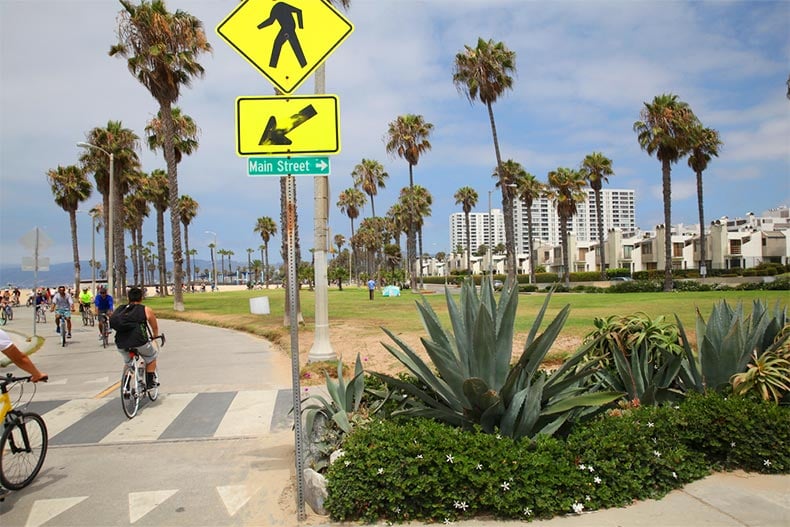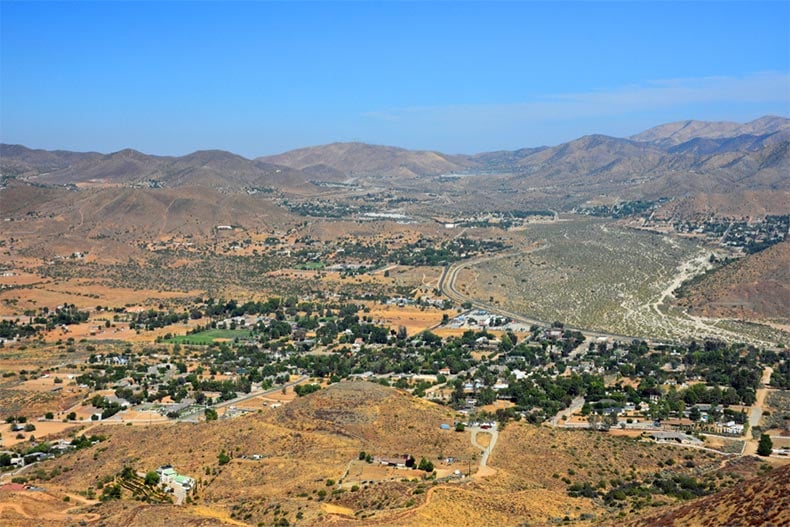What is an unincorporated area?
Believe it or not, there are hundreds of unincorporated communities throughout the United States. And if you don’t actually live in one, then you may have never realized that they exist. A place like Paradise, Nevada, may resemble a neighborhood, but it's actually an unincorporated town, and people often confuse Paradise with Las Vegas.
Los Angeles County has many unincorporated communities. This county is a diverse region made up of dozens of cities, neighborhoods, and subdivisions. Places like Marina Del Rey and Universal City are often confused as neighborhoods when they're actually unincorporated communities in Los Angeles.

For example, Los Angeles County is much larger than you would expect as it spans over 4,000 square miles. There are even communities physically located in other counties that are still part of the City of Los Angeles, such as the San Fernando Valley and some parts of the San Gabriel Valley.
As if that wasn’t confusing enough, many areas within Los Angeles County aren’t actually governed by Los Angeles—these areas are called unincorporated communities. Fun fact: Approximately 2,700 square miles of LA County is unincorporated territory. That’s nearly 65 percent of the county.
Here are some answers to a few common questions homebuyers may ask about unincorporated areas.
What's an unincorporated area?

Let’s take a step back and look at the bigger picture. In the United States, the term “unincorporated” first came up in the early 1900s. During this time, the country had acquired land in outside territories. These places were dubbed “unincorporated” as a temporary provision while Congress figured out how to sort out rules regarding citizenship and constitutional protections.
While this term was used as a way to separate U.S. territories from domestic states, it also allowed Congress to pass discriminatory tax laws on these areas. In the court case Balzac v. People of Puerto Rico in 1922, it was decided that as an unincorporated territory, locals in these areas—despite having U.S. citizenship—should be able to determine their own laws. This decision was placed under question later, especially when relationships between these territories and the U.S. strengthened.
Today, these formerly unincorporated territories are now considered incorporated. Five of the major U.S. territories include Puerto Rico, Guam, American Samoa, the Northern Mariana Islands, and the U.S. Virgin Islands.
What does it mean for a city to be unincorporated?

Simply put, an unincorporated city (sometimes called a census-designated place) is not part of any official city, and it isn’t legally included under the laws of the state it’s located in. It’s the opposite of an incorporated city, which typically has elected officials (such as a mayor, a city council, or city controller) and a city attorney to govern the area. But this doesn’t mean that an unincorporated city is lawless and out of control.
While these areas might not have their own set of local officials, an unincorporated city within Los Angeles County is usually controlled by the LA Board of Supervisors, which is provided by the county and acts as their city council. However, with only one supervisor on the board as the designated “mayor,” 140 unincorporated communities, and 88 unincorporated cities in LA, it’s easy to see how specific community issues can fly under the radar.
What’s it like to live in an unincorporated area?

Many people believe that unincorporated areas are typically only rural areas that aren’t densely populated. However, in LA, this isn’t always the case. The living experience is different depending on which unincorporated community you’re in. In LA County, some unincorporated areas are flourishing while others have been neglected by the local government.
Some residents are divided when it comes to living in an unincorporated community. While some homeowners in wealthy communities have been fighting for years against being annexed into the city, fearing the loss of their lifestyles, other communities want to be incorporated and have been seeking cityhood for years, so they can have better access to city services.
It seems that there are also big discrepancies with city services, such as emergency responses, infrastructure improvements, and zoning issues, for those living in unincorporated communities. While some areas might have a quicker response time from the police or receive regular street upgrades, other communities are largely neglected.
What about purchasing a home in an unincorporated area?

Before purchasing a property in an unincorporated area, be sure to check certain zoning regulations for that specific area. This will determine what you can or can’t do to your property.
Also, remember to double-check your exact jurisdictions before purchasing a home. Some unincorporated areas aren't identified by the post office, and because they typically follow zip codes, an unincorporated city like Willowbrook will have the same zip code and be identified by the post office as the City of Compton, which might be confusing for some homeowners.
Finally, after purchasing a home in an unincorporated community, be sure to check what's considered legal in that area; specific laws may vary.

